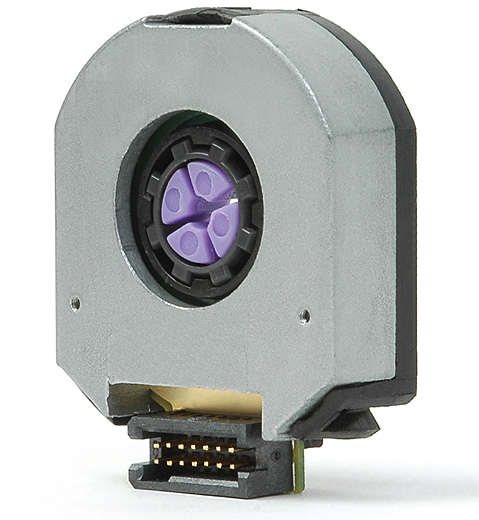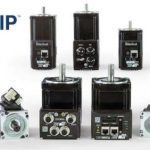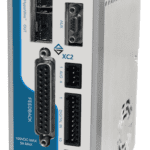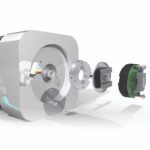Encoders can be either absolute or incremental. Absolute encoders have a unique code for each shaft position. Or in other words, every position of an absolute encoder is distinctive. The absolute encoder interprets a system of coded tracks to create position information where no two positions are identical. Another feature is that absolute encoders do not lose position whenever power is switched off. Since each position is distinctive, the verification of true position is available as soon as power is switched on. It is not important to initialize the system by going back to a home base for a reference.
Absolute encoders can be either single-turn or multi-turn. Single-turn encoders are well suited to short travel motion control applications where position verification is needed within a single turn of the encoder shaft. Multi-turn encoders, on the other hand, are better for applications that involve complex or lengthy positioning requirements.
Absolute encoders have a number of advantages. First is the non-volatility of memory. An absolute encoder works as a non-volatile position verification device. True position is not lost if power is lost or the system moves while power is switched off. A continuous reading of position is not needed. This is specifically useful in those applications, such as satellite-tracking antennas, where position verification is key.
Absolute encoders also provide programming flexibility. By removing the need for system homing, the encoders can be controlled to give positioning programs based on setting up reference from point-to-point, rather than from a home position. Additionally, a microprocessor interface module allows for programming various operating parameters, such as resolution.
Safety is another benefit. In some applications where a loss of position could lead to operator injury or machine damage, an absolute encoder automatically provides position verification when the power is switched on.
Absolute encoders also have good immunity to electrical noise. The device determines position by frequently reading a coded signal. Stray pulses from electrical noise will not build up and accurate position is presented again on the next reading.








Leave a Reply
You must be logged in to post a comment.